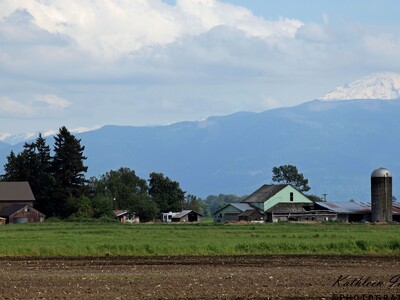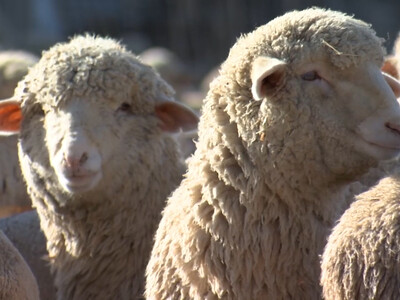Climate Change and Navel Orangeworm

Tim Hammerich
News Reporter
Navel Orangeworm is a major pest of crops like almonds, walnuts, and pistachios. Dr. Tapan Pathak with the UC Cooperative Extension recently completed a study on how climate change might impact the pest.
Pathak… “Navel orangeworm, when they finished their first generation, their population number is low. But for every additional generation they can complete during the growing cycle, their population increases significantly.”
This is a concern because the study reveals that earlier springs and warmer falls are likely to increase these Navel Orangeworm populations.
Pathak… “In the past, we used to see two to four generations of navel orangeworm, depending on the location. If it is in the southern part of the central valley, that would be more generation compared to the north. But on an average, two to four generations are typical for navel orangeworm. But what we are seeing with this climate change study is that under future climate, the fifth generation of navel orangeworm is more likely in many, many counties. And especially by the end of the century, it's present or expected to be present in the entire central valley.”
Pathak says orchard sanitation and integrated pest management will continue to be critical to remain resilient under these conditions.
















